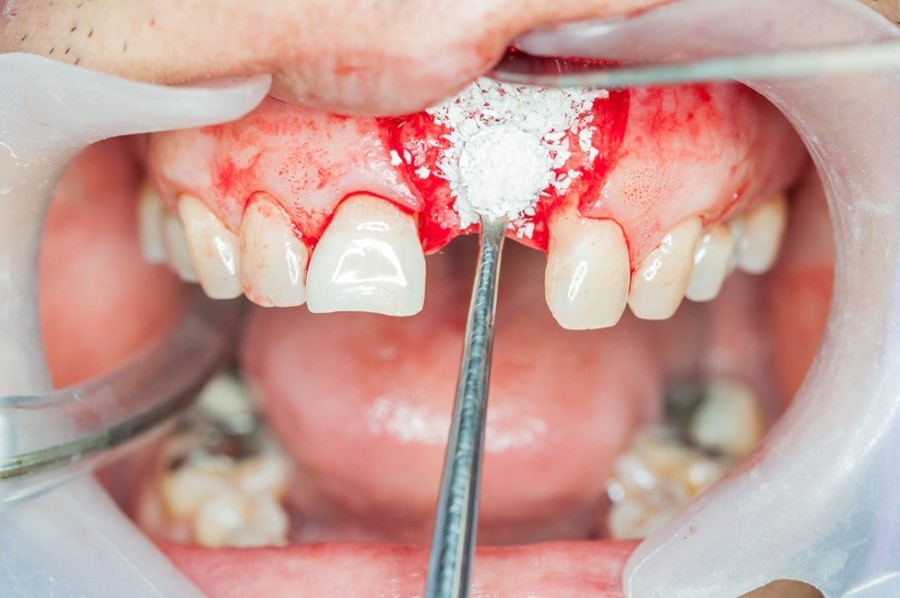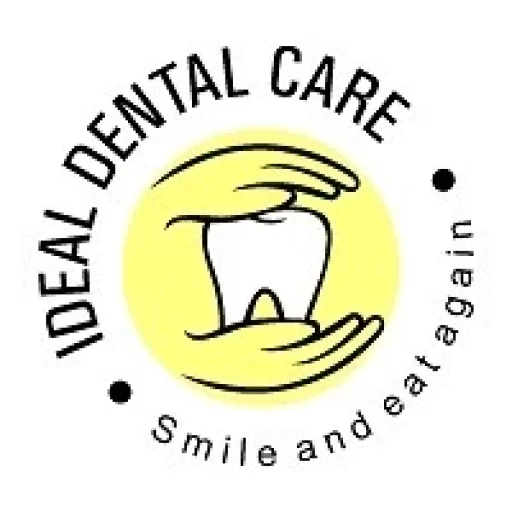
Every problem has a solution !
When teeth are lost there is loss of bone surrounding it as well. The most common challenge in placing Dental Implants is the presence of bone at the site. If the bone is inadequate due to missing teeth, Congenital bone defects, Infection and/or Trauma. Then the jaw bone needs to be built up or grafted to allow implant placement.
There are many approaches used to widen the narrow alveolar ridge or jaw bone.
- Rebuilding Extraction Socket (Socket preservation): Bone graft is placed into an extraction socket after a tooth is removed. This will ensure maximal regrowth of bone during healing.
- Guided bone regeneration: It is the procedure where Bone graft is placed at a particular site with deficient bone and is covered with a membrane to separate bone from overlying soft tissue. Bone graft will heal for 5-6 months before the site is evaluated.
- Bone Block graft: A block graft takes a square or rectangle of bone from another area on the jaw or body and fixates it to the recipient site. If a small graft is needed it can be harvested from other sites on the jaw. If a large graft is needed the hip (Iliac Crest) is commonly used.
- Maxillary Sinus lift: When there is less amount of bone between maxillary sinus and the underlying alveolar ridge. It can be direct/lateral approach or indirect/crestal approach. The direct/lateral approach makes a small window into the maxillary sinus, where upon the lining of the sinus is lifted and bone graft placed underneath. In an indirect/crestal approach the graft is inserted through the hole made to place the implant. Generally, the direct/lateral approach is used for large sinus grafts and the indirect/crestal approach is used for small sinus grafts.
- Building up the ridge (Ridge augmentation): It helps recreate the natural contour of the gums and jaw which may have changed due to bone loss from a tooth extraction or traumatic injury. Ridge augmentation is achieved by placing bone graft material in the tooth socket. This procedure is often done immediately after a tooth is removed to avoid the need for a follow-up procedure, however it can be done on patients with long standing tooth loss.
